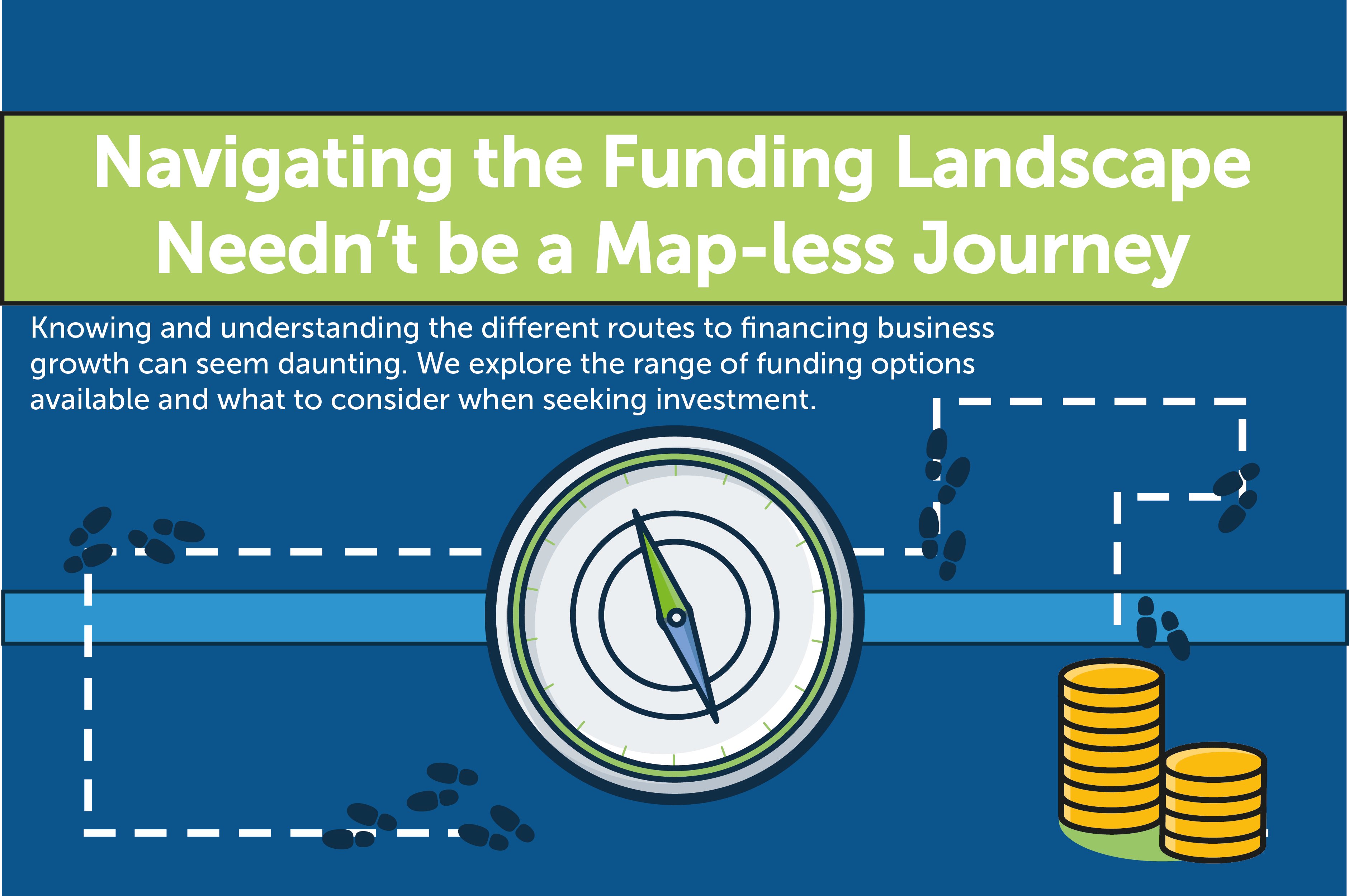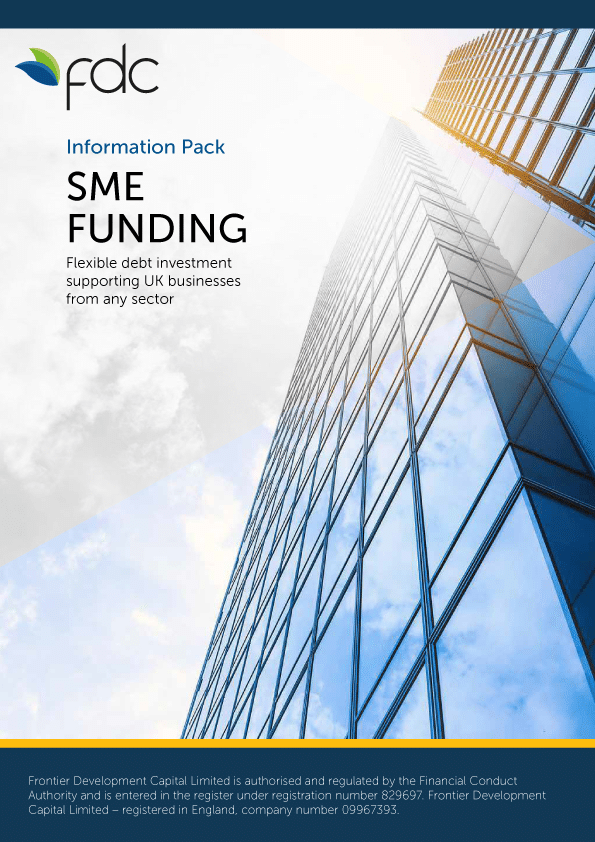With many businesses eager to pursue growth in new markets and increase exports, the ability to navigate the complex funding landscape is essential in making ambitious plans a reality and unlocking the potential to deliver crucial contributions to UK’s economy.
There isn’t one route that suits all when it comes to assessing the right funding options; there are many twists and turns and forks in the road depending on sector, business model, speed of growth and strategy. Therefore, the first step to a business’ financing journey is understanding the types of investment available.
Estimates of the amount of uninvested capital sitting within UK debt and private equity funds vary, but the amount certainly runs into the hundreds of millions. With British banks remaining cautious when investing in mid-market businesses, decision makers should certainly include alternative investment funding in their search for finance.
Debt, equity and mezzanine investment are the three broadest, and most widely available types of alternative funding on offer, and their benefits and drawback are outlined here.
A popular funding option, debt finance is based on the underlying concept of a lender providing capital in exchange for repayments and interest until the principal loan is repaid after a specified amount of time, and the business doesn’t relinquish any equity or control. The capital is usually secured against the business or its assets, often in the form of a debenture.
Repayments can be structured based on the strategy of the business, making it an ideal option for businesses that may have of “patient capital” equity funds bring a requirement for staged growth and ultimately exit plans to provide a return for the equity investor, equity finance only works for some businesses and the direct involvement in the business plans by external investors is not for everyone.
Mezzanine has recently emerged as a viable alternative to pure private equity, providing a layer of debt in leverage transactions, but more importantly as a significant source of growth capital in the SME market. Sometimes known as the hybrid, mezzanine investment combines elements of both debt and equity funding to form an agile alternative to its counterparts.
Using equity as a form of collateral, lenders can offer more finance compared to what borrowers could get via wholly debt lending. Priced to reflect the increased risks over debt, mezzanine finance is a flexible source lumpy or seasonal cashflows intrinsic to its business models.
Disadvantages with debt finance, however, is that business security is likely to be needed, and sometimes lenders will also look for personal guarantees from business owners or majority shareholders. Failure to keep up with repayments could result in the loss of assets.
Equity finance is acquired by selling shares of a business to an investor in return for capital. A key benefit of bringing a new stakeholder onboard is their invested interest in seeing the business succeed.
It’s worth looking for equity investors that can offer specialist insights, resources, connections and guidance to increase the firm’s value.
So, what do businesses need to consider when exploring capital investments?
A business needs to establish the journey they wish to take and plot crucial points along the way. This will help to determine the type of finance required, term length and suitable repayment structure to find the best growth strategy. The capital sought needs to be flexible with supportive lenders or investors willing to take the long term view.
Whether debt, mezzanine or equity finance, business and consumer confidence is key if investors are to commit capital. Especially in uncertain times, investors need to see a robust strategy, strong tack record and capable management team.
The finance provided has got to be both appropriate in terms of cost and be clearly linked to the incremental returns that the business can generate. Put simply, the benefits of gaining investment have got to outweigh the cost.



